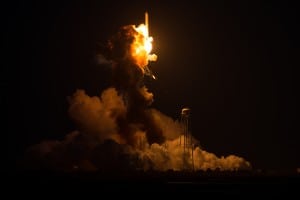
Orbital ATK [OA] is focusing on early December for its return to the International Space Station (ISS) after NASA contemplated moving the launch to October due to an uncertain cargo situation at ISS.Three consecutive failed Cargo Resupply Service (CRS) missions led NASA to be concerned if there would be a proper supply of cargo, food and supplies at ISS, located in low earth orbit (LEO). NASA Associate Administrator for Human Exploration and Operations Bill Gerstenmaier said in June following Space…













